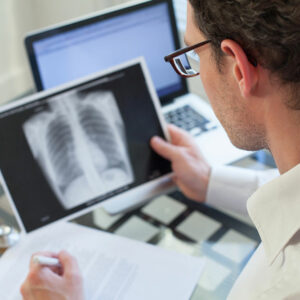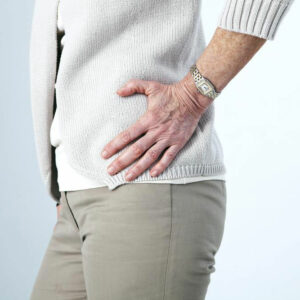
01
Here’s What You Need to Know about Eczema
No underlying disease triggers eczema. Eczema occurs when a patient’s immune system overreacts to some irritant. By taking some preventive measures, one can avoid or relieve the symptoms of this condition. Symptoms of eczema In most cases, eczema comes with itchy skin, irrespective of which body part is affected. One may also develop rashes on the face, behind the knees, hands, wrists or feet, and sometimes, this could be preceded by itching. The affected area has a dry, scaly or thickened appearance. Initially, it has a reddish appearance before becoming brown for people with fair skin. People with a dusky complexion may face a change in pigmentation. The affected area may either get lighter or darker. An oozing crust may also form on the skin, and in the case of infants, this symptom may appear on the face and scalp. Patches, however, can develop anywhere. Causes of eczema While the definitive cause for eczema is not known, it usually appears when the immune system overreacts to an irritant. People with a family history of allergies or asthma face a higher chance of developing this condition. Problems in the skin barrier allow germs and moisture to enter the skin, leading to eczema. Particular conditions or substances are also responsible for triggering itchy rash in some people. Itchiness can also occur when the skin comes in contact with coarse or rough materials. Other triggers include the feeling of excessive heat or cold, being exposed to harsh household items like detergent or soap. Animal dander can also lead to eczema flare-ups. An infection in the upper respiratory tract could also lead to rashes. These rashes could get worse due to stress. While there is no sure shot cure for eczema yet, patients can manage this condition with the help of medication as well as by avoiding irritants.
Read More 










